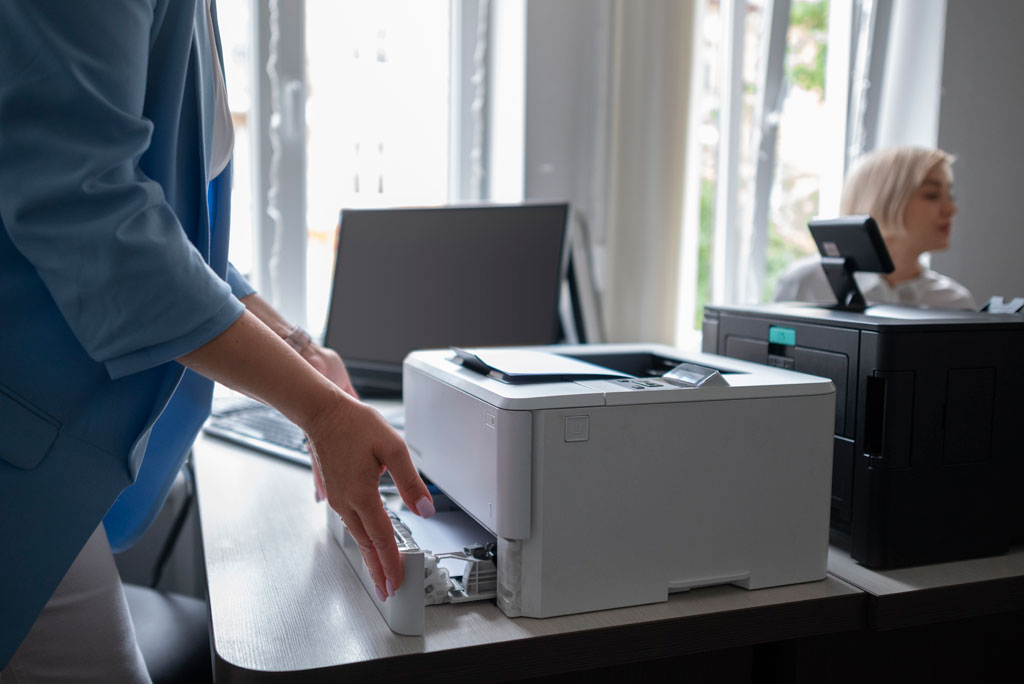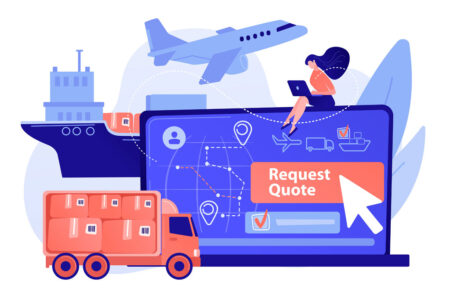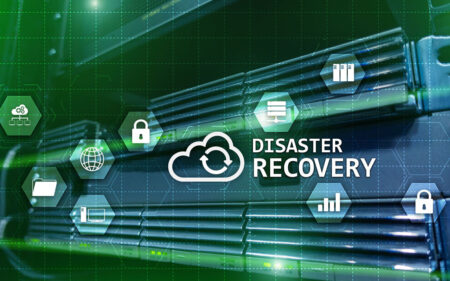Businesses have lots of choices for commercial printers. Learn about the prices of the various machines for business printing.
Almost all businesses need some kind of business printer, but many will outsource to a company that provides business printing services. Other companies produce such a large quantity of documents that it’s worth the cost to purchase or lease a large high-speed digital or production printer.
When setting your budget, consider the costs of maintenance, supplies, paper and staff training in addition to the price of the machine. The costs of running each type of printer generally increase with the initial cost of the machine.
Types of commercial printers
There are several types of commercial printers, and they vary greatly in cost.
Small business printers
A midsize printer is a good choice for a small business or a single workgroup in a larger organization. It will cost anywhere from $50 to $8,000.
Depending on your needs and preferences, you can choose between inkjet or laser printers. Generally, inkjet printers print higher-quality photos, while laserjet printers print clearer text. Business printers are usually designed for text printing, and most home printers are designed for photo printing. Even printers intended for both purposes typically lean toward one or the other.
Did you know? The best multifunctional printers include extra features like a scanner and a fax machine to help you conduct business more efficiently.
Commercial digital printers
Digital presses are high-speed, high-quality, high-resolution digital printers, available in both color and black-and-white models. These printers are designed to accommodate a wide range of media with exceptional speed and accuracy. Some models offer task splitting, transactional printing, high-capacity stacking and booklet making. Consult the commercial printer manufacturer for exact specifications on speed and resolution, as well as suggested machines for the number of pages you print in a month.
These large machines carry price tags ranging from $5,000 to nearly $200,000. With such a high cost, you might consider leasing instead of buying.
Production printers
Commercial printing firms or large companies that produce their own documents might want to use production printers. These high-speed printers have advanced functions and many finishing options, such as collating, binding and job-queue management capabilities. In addition to an investment between $20,000 and $200,000, this type of printer requires its own room and at least one staff member to run it.
Digital vs. offset printing
Digital printing is the most common today. However, offset printing is best for certain situations. Digital printing is ideal for small print jobs. The color palette is limited, but it offers special features like color correction and previewing. These can increase the accuracy of your printing. Digital printing also has a quick turnaround time, making it the best choice for on-demand printing.
Offset printing becomes economical for large jobs of at least 2,000 copies. Offset printing requires the production of printing plates. This is initially time-consuming and expensive, but the copies themselves will cost less.
Offset printing is often used for fine-art printing because more color variations may be used. However, digital printing can now use archival ink and substrates, so it’s a more reasonable choice for fine-art printing than it used to be.
FYI: Offset printing also allows for embossing, die cutting and foil stamping.
Types of specialty printers
In addition to the standard options, there is a wide selection of specialty printers.
| Type of specialty printer | Use |
| Latex printers | These printers are ideal for packaging, signs, and window and vehicle graphics. They also allow printing on surfaces other than paper, including glass and wood. |
| Fine-art printers | These printers allow you to print extremely high-quality images. They are perfect for art prints, CAD drawings and advertising materials. They can print on photo paper, thick poster board and roll paper. |
| Fabric printers | Designed for printing on fabric, these printers can be used to create custom tapestries and apparel. |
| Label and stamp printers | These relatively inexpensive printers are ideal for printing barcodes, labels, stamps and other small printing jobs. |
| Solid ink printers | These printers use wax sticks instead of ink cartridges. They require a warm-up and cool-down period after printing. However, they can produce bright and detailed images that rival the quality of offset printing. The finish is glossy due to the wax. |
Should you buy, lease or outsource?
Once you decide which type of printer you want, you must choose whether to buy or lease it, or to outsource your printing jobs instead. Outsourcing is likely the best option if you only need occasional high-end printing, like for banners or signs. However, if you plan to do a lot of printing, or if it’s a significant part of your business model, you need an in-house printer.
In addition to the initial investment, consider how much you can afford to spend on future upgrades. Many leasing options allow you to upgrade your printer after your lease is up. Some lease options also allow you to own the printer at the end of the lease. Leasing will cost more over time if you want to eventually own the printer. However, if you prefer to upgrade every year or two, continually leasing may be the best option.
Additional printer costs to consider
With a printer comes additional materials and extra costs to add to your bottom line. But if you understand where the recurring costs are coming from, you can plan for more sustainable budgeting.
Printer ink
It could be argued that the entire printer industry was formed solely to sell ink. It can cost as much as $400 to replace a full-color ink pack.
Tip: Learn which type of ink is right for you in our printer ink guide.
Toner
Toner for your laser printer may be more expensive than ink, running as high as $650 per bundle. But it offers more predictable, sustained performance with a lower overall cost.
Paper
The paper you use depends on the industry you’re in, but on average, it’s a much lower cost than the ink itself.
Maintenance
Regular maintenance optimizes all the other costs of using a printer. Ensuring easy ink flow and keeping your machine clean will help it continue running for years to come.



